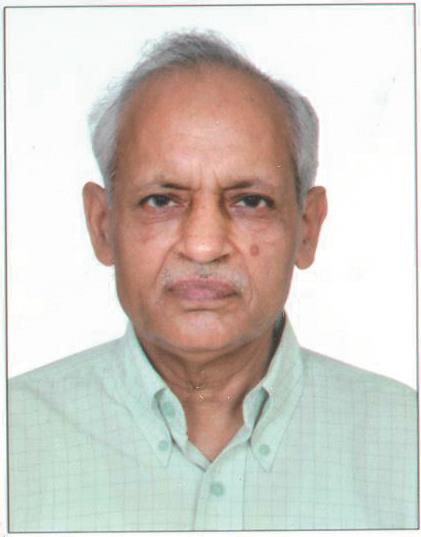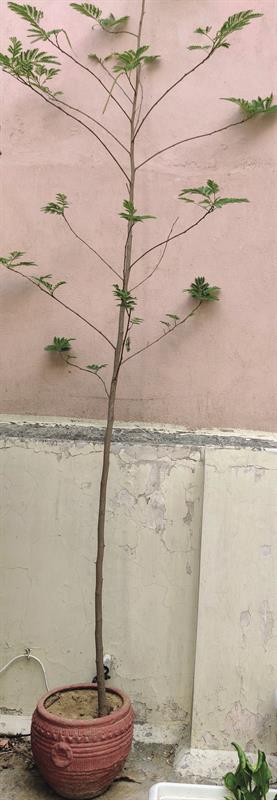
The Covid-19 pandemic has had a huge impact on eye care the world over, and no more so than is evident when looking at its aftermath in India.
While some smaller eye care practices have, in effect, shut down, many have resorted to solely catering for eye emergencies. Teleophthalmol-ogy is developing slowly but cannot be a substitute when there is a requirement for the physical presence of a patient. Also, teleoptometry is not remunerative.
Ophthalmology
Indian ophthalmologists do not see patients with active Covid-19. They use the required personal protective equipment (face masks, protective glasses and instrument shields) to prevent spread of infection from those in incubation period, whether patient or practitioner.
Screening of patients entering the clinic is undertaken by testing for elevated temperature, as well as establishing details of recent contact and travel history. Patients and attendants are mandated to wear masks, hand sanitiser is liberally applied, and physical distancing is strictly maintained.
Like ophthalmologists elsewhere, Indian ophthalmic surgeons look forward to some easing of life after the effects of Covid-19 have started to subside and the patient backlog has been addressed. They also, however, feel that the way they practice ophthalmology from now onwards will be very different from
the way they had been practising it before the outbreak.1
Lockdown and Unlock
The phased lockdown, lasting some 75 days throughout India, has exhausted cash reserves to a large extent. When active practice gets properly started again, a low turnaround of patients for elective surgeries is very much in sight. A significant drop is expected in refractive surgery, as also in premium cataract surgeries, due to the huge dent in the economy caused by the lockdown and its consequences. Investment in newer technology is also very likely to be put on hold by clinics everywhere.
 Dr Narendra Kumar
Dr Narendra Kumar
Ophthalmic surgeons rightly feel that it is not possible to predict accurately the future for eye care. The many challenges will be slowly revealed as cautious, small steps are taken to move towards normalcy in the unlock period and once the infection curve finally flattens.
In early 2020, the World Health Organization declared the outbreak of Covid-19 as a global epidemic or pandemic. The Government of India ordered a nationwide lockdown, initially for 21 days and subsequently extended in phases. Lockdown involved limiting the movements of people as a preventive measure. As per a study conducted during the lockdown period to assess its effect on ophthalmic practice and patient care,2 the majority of ophthalmologists did not see patients during the Covid-19 lockdown and there was a near-total cessation of elective surgery. Emergency cases were still being attended to by around 30% of ophthalmologists. A large proportion of ophthalmologists instead switched over to free telephonic advice.2
Optometrists, dispensing opticians, and ophthalmic lens producing labs all closed down their services during the lockdown. They have mostly started to operate again in the unlock period, but businesses are in the doldrums and most have their fingers crossed as to the future. There is significant uncertainty about the revival of the Indian economy and the ramifications of the Covid-19 scare.
Optometric organisations, like the Indian Optometric Association,3 the Opt-Education Trust4 and ForOptom eLearning5 and others, have utilised the extensive lockdown period across the country by presenting online webinars on many, different aspects of eye care. So much so that, at one point, there was the actual problem of the overlapping of dates and a saturated calendar, though this was soon rectified. However, these webinars were well attended and appreciated and are likely to be a key feature in future education and networking.
Indian Optometry Today
The Indian optometric journal Optometry Today, of which I am editor and which believes in improved people’s eye care by way of better-informed eye care professionals, is now running in its golden jubilee year. It has continued to publish as a quarterly journal since 1970, despite major financial constraints and challenges. Fortunately, its March 2020 issue (figure 1) was just about circulated in the third week of March immediately prior to the notification of the lockdown. The June 2020 issue has just gone out, the first edition in the unlock period.
A Personal Note
This writer, at the age of 77 years, has been utilising the lockdown for reading, writing, and pursuing drawing and art-making activities. I will not give up the day job. And while my daily mantra for improved immunity during these difficult times has been lemon juice and hot water, a brisk morning walk, tea (flavoured with ginger, basil leaves, cardamom, clove, black pepper, cinnamon, lemon juice, and honey…but no milk), I have to also remember that Indian ophthalmologists, optometrists and dispensing opticians have all suffered a lot due to Covid-19. In view of the uncertainty still looming large, I am more than ever apprehensive in asking as to whether the eye care profession might stand tall once again (figure 2).
 Figure 2: Will our profession stand tall again?
Figure 2: Will our profession stand tall again?
Dr Narendra Kumar, BAMS, DROpt, PGCR is Editor, Optometry Today and a clinician at Ophthacare Eye Centre, Janakpuri, New Delhi.
References
- www.eurotimes.org
- Nair AG, Gandhi RA, Natarajan S. Effect of COVID-19 related lockdown on ophthalmic practice and patient care in India: Results of a survey. Indian Journal of Ophthalmology, 2020;68:725-30
- ioapresidentsk@gmail.com
- www.facebook.com/pages/category/Education/Opt-Educ...
- https://foroptom.com/elearning
